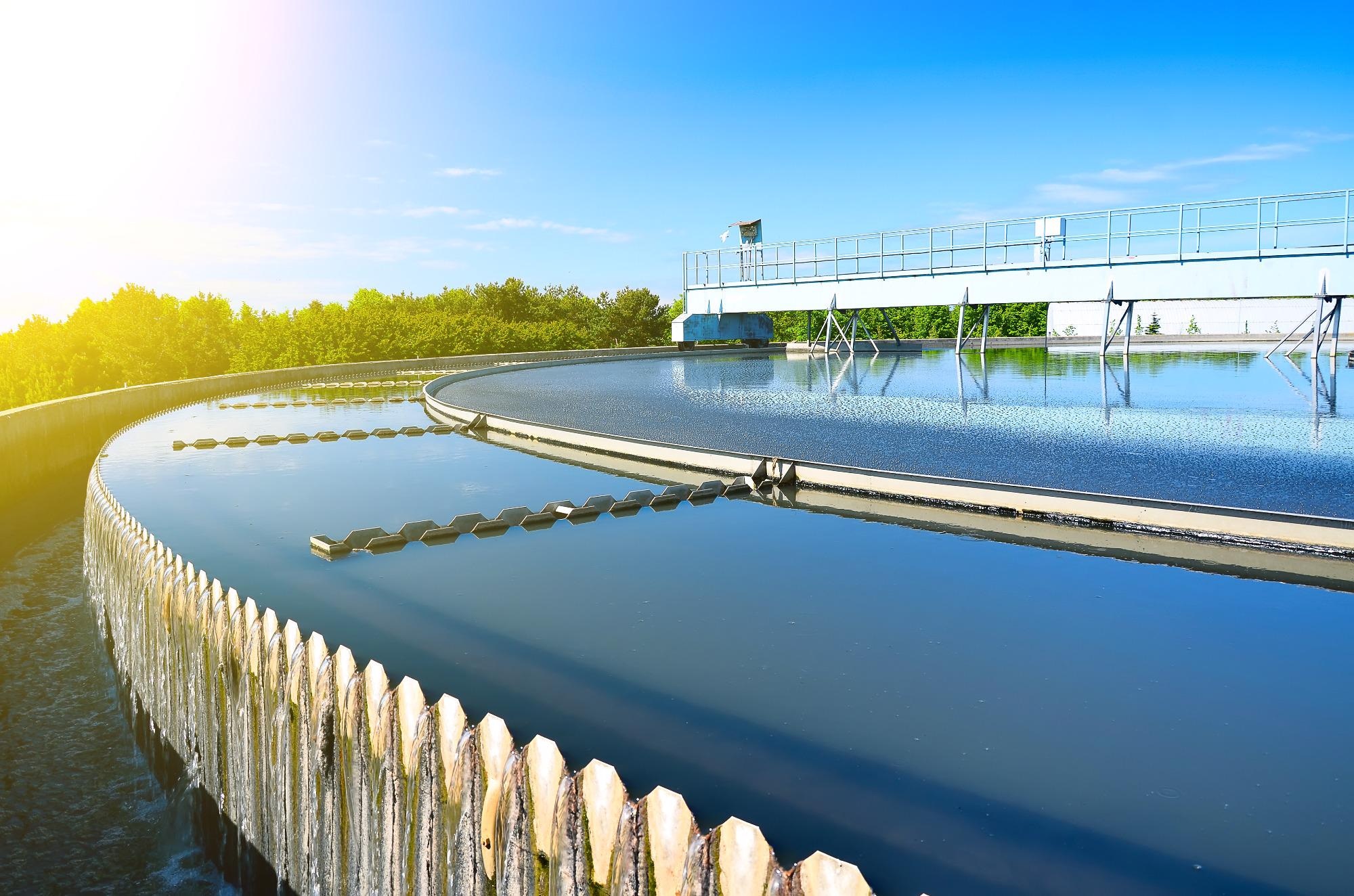Absorbance spectroscopy offers users the opportunity to gain new insight into samples across a wide range of industries, not least the water industry.
This powerful method is ideal for verifying the quality and purity of water, allowing organizations and municipalities to detect and identify contaminants and particles present in the water that may not be apparent to the human eye.
The ability to detect low limits of particles in water is vital – requiring the use of a highly sensitive spectrometer able to detect parts per million (ppm). This article highlights the use of powerful Avantes equipment to detect these low concentrations.

Image Credit: M-Production/Shutterstock.com
Instrumentation Used
An AvaSpec-HERO was coupled to a long path cuvette holder and an AvaLight-DH-S-BAL light source in order to measure absorbance through the sample.
The AvaSpec-HERO is an advanced spectrometer developed based on Avantes’ High Sensitivity Compact (HSC) optical bench (f=100 mm; NA=0.13) and a 1024×58 back-thinned CCD detector.
This instrument offers a robust combination of high sensitivity and resolution. It comes complete with thermoelectric cooling capabilities, allowing experiments with long integration times in low light.
The AS7010 electronics feature a high-end AD convertor, ensuring that noise is kept to a minimum and affording users excellent dynamic range and signal-to-noise performance.
A range of gratings and slits is available, allowing users to configure the instrument to accommodate a wide range of applications in the 200-1160 nm range.
AvaSpec-HERO is the ideal companion for applications from low-light fluorescence to demanding Raman.
Connection to a computer is rapid and straightforward thanks to the instrument’s high-speed USB3.0 and Gigabit Ethernet communication interface. Digital IO ports are available to enable external triggering and control of shutters and pulsed light sources from the Avantes instrument portfolio.
The AvaLight-DH-S is a powerful deuterium halogen source. Like all unbalanced deuterium halogen sources, this light source exhibits a dominant alpha peak at 656 nm.
Avantes has developed the DH-S-BAL to address this issue, allowing this peak to be significantly reduced via a dichroic filter - this increases the dynamic range by a factor of 20 but does reduce power somewhat.
The light source is able to a continuous spectrum with high efficiency, offering its highest stability in the ultraviolet, visible, and near-infrared ranges, from 200 to 2500 nm.
An integrated TTL-shutter is included, as well as a filter holder able to accommodate filters of up to 50 x 50 x 5.0 mm in size. It is possible to control the TTL-shutter from any AvaSpec spectrometer, enabling the use of the helpful auto-save-dark option in AvaSoft software.
Experimental Methodology
This experiment used the AvaSpec-HERO equipped with an AvaLight-DH-S-BAL to measure samples in a 10 mm pathlength cuvette. Three solutions of varying concentrations of butylparaben in distilled water were tested: 100 ppm, 10 ppm and 1 ppm.
Data collection was conducted using the absorbance package available in the AvaSoft software.
Results and Analysis
A long pathlength cuvette (10 mm) was used to ensure the particles were visible – an effective method that allowed the HERO to easily detect the butylparaben in each solution.
Cross-checking the data alongside known butylparaben absorbance spectra confirmed that the absorption peaks at 214 nm and 256 nm were as expected.
Conclusion
The spectra from the three solutions analyzed in this experiment confidently highlight the suitability of the AvaSpec-HERO for collecting high-resolution spectra from samples, as well as its potential for use in applications requiring high levels of sensitivity.

Image Credit: Avantes BV

This information has been sourced, reviewed and adapted from materials provided by Avantes BV.
For more information on this source, please visit Avantes BV.